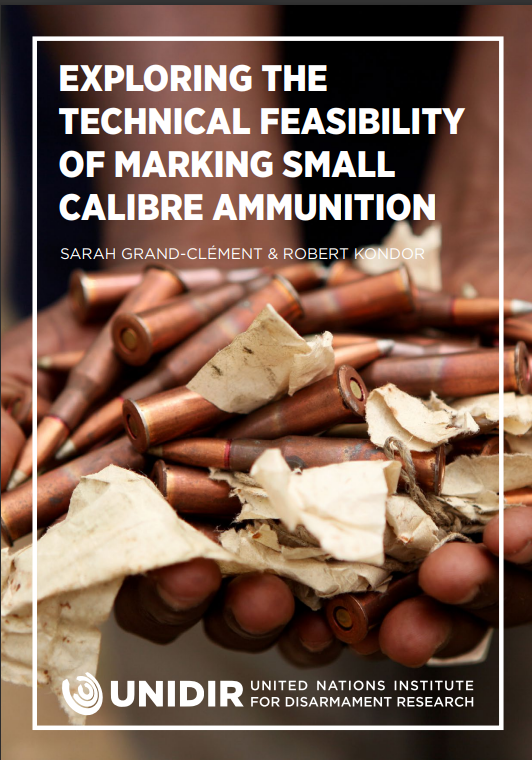- Home
- What We Offer
- Publications
- Conventional Arms and Ammunition
Exploring the Technical Feasibility of Marking Small Ammunition
20 May 2022
View or Download
Marking individual rounds of small calibre ammunition with sufficient relevant information such as the calibre, manufacturer, importing country, year of manufacture and specific lot or batch number, alongside accurate and long-term record-keeping, can help improve identification and tracing of recovered rounds and help identify any point of diversion, as such markings can aid criminal investigations of armed violence or help determine the efficacy of arms embargoes, ultimately reducing the loss of human lives.
This report explores three different marking technologies: stamping, laser marking and chemical taggants. The aim is to demonstrate which methods are available to mark small calibre ammunition rounds with sufficient identifying information to enable identification, profiling, and tracing. This research aims to inform the ammunition processes taking place under the auspices of the United Nations, such as the Open-Ended Working Group on Conventional Ammunition, and aid in the implementation of the outcomes of such processes. It also aims to inform national mechanisms and legislation on the importance and feasibility of ammunition marking.
Related programmes and projects
Subscribe to our monthly newsletter and stay up to date.
Don’t miss out on our latest activities, publications and events!
